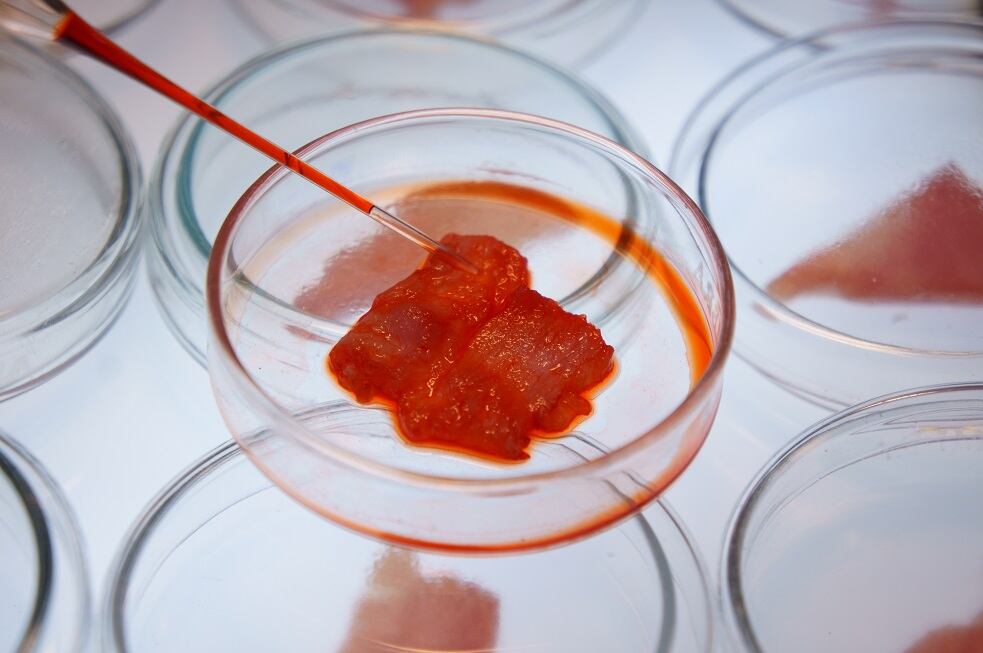Opened last month, the new hub featured a development kitchen and a pilot plant, which included a high moisture extrusion machine, allowing manufacturers to experiment with and develop alternative proteins.
Speaking to Food Manufacture, Ullram, innovation director savoury, Europe, said the opening of the hub was born from a need for a dedicated site to foster the growth of its alternative protein offering.
Externally, the rapid growth of the alternative proteins sector highlighted a need for a centralised hub to allow producers and customers alike to come together and catch up on recent developments.
Rapid pace
“You see that new ingredients are launched at a speed that is really hard to follow,” Ullram explained. “Technology advancements are super-fast and new players appear on the plate every day almost.
“With all of that speed, there is also a certain pressure on the industry to increase development cycles in order to accelerate their product developments themselves. If we bring that together in one place where we can offer to our customers that whole experience from ideation to development and upscaling, we believe we can really be of help for the industry to accelerate over all.”
Commenting on the direction of alternative proteins, Ullram was clear on which innovations would be hitting consumers’ plates in the future.
Innovators and early adopters
“If we look at the innovators, that’s where the cell-based story is hitting the market – 3D printing is also playing a role there,” he said. “It will evolve and we will see cell-based be big one day – how fast that goes, I don’t know, but it is here to stay.
“Early adopters are strong in plant-based still – the plant materials – but a little bit more experimental. We’re talking about algae, chickpea or fava beans.
“On the mainstream, we’re still talking about soy and pea protein, but I think the future we will see a lot of mixing of protein – the time where you us just one protein source for a product is coming to an end. The future lies in optimising those protein sources, in terms of nutritional value, sustainability and ingredient list length.”





